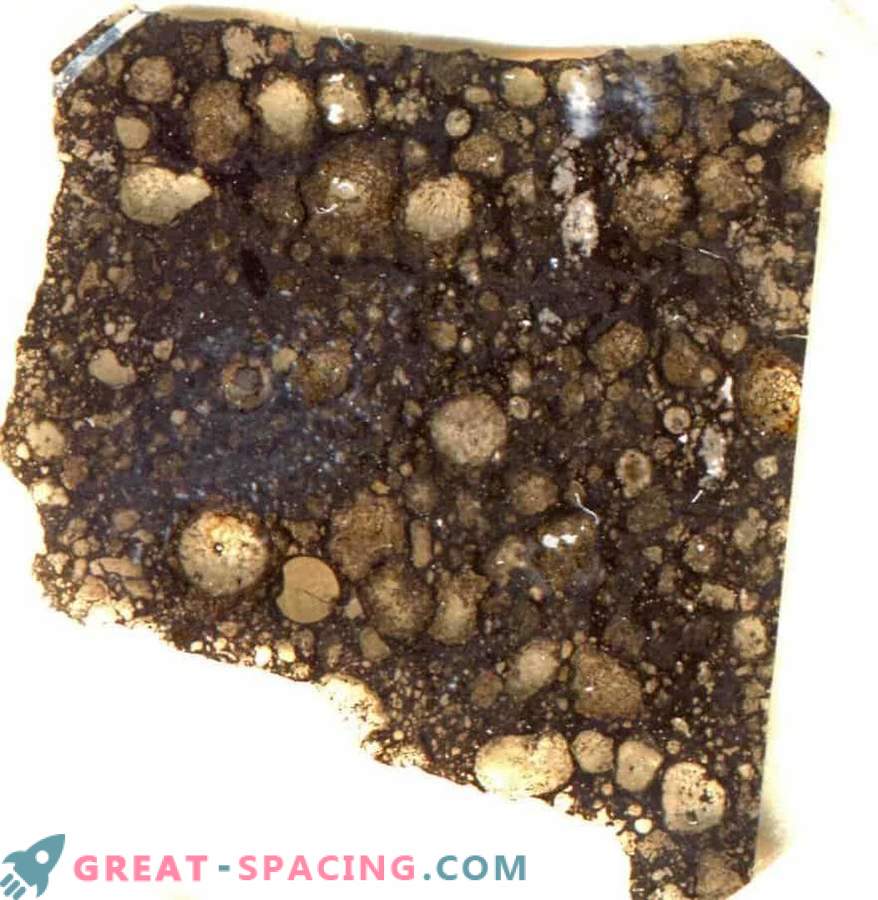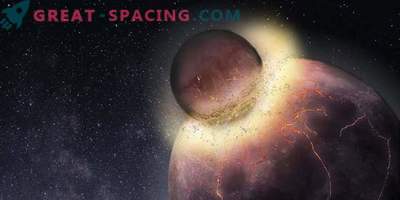
Life on Earth is based on carbon. The ideal amount could come to us during the flare period in the solar nebula. This is supported by the carbon chemistry model created at the University of Heidelberg.
On our planet, carbon is a rare element and is located closer to the surface layer. But if to take in general, it makes 1/1000 from all planetary volume. But in primitive comets it accounts for 10%. Comets form in cool areas where volatile water and carbon compounds condense into ice. If an element came to us during the asteroid attack, then why is it so small? Standard fall models show that the hydrogen level should be 100 times higher.

This is a slice of a Allende meteorite with millimeter-sized silicate globules. Honda formed during a short flash in the solar nebula. Chondritic meteorites are considered to be the primary material from which the planets were built. Some species include a certain percentage of carbon. The formation of the Earth from the chondritic rock explains its low level A new study points to short-term events of flashing heating, which affected the reduction in the amount of hydrogen. It is believed that all matter in our system was heated several times to 1300-1800 ° C. This proves chondrula - round grains, formed as droplets in meteorites. Temperature bursts perfectly explain the current state of hydrogen in terrestrial planets.
There is also an opinion that an overdose of carbon would have a negative impact on vital evolution. In the oxidized state, the element creates CO 2 (greenhouse gas), which would evaporate all terrestrial oceans.











































